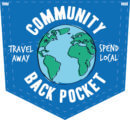Thailand, off the beaten track
community based tourism in huay pu keng
1,700km away from the glassy turquoise seaside of Khao Lak, in Thailand, off the beaten track, lies a very different type of adventure. One full of culture, history and magic.
Many travellers will have seen pictures of Kayan women wearing distinctive brass neck rings and heard of ‘show village’ travesties. Thanks to a joint partnership between the village of Huay Pu Keng (HPK) and Fair Tourism Foundation there is now an ethical and regenerative way to visit.
With so much culture to share, stories to tell, and skills to demonstrate HPK is the first and only Kayan village in Thailand to make the transition from show village to community-based-tourism (CBT). HPK is situated in Mae Hong Son, Northern Thailand. It’s a small village populated primarily by the Kayan and Kayaw (Karenni ethnic sub-groups) who fled from Myanmar due to civil unrest in the second half of the 20th century.
In this article Aye Muang one of the villagers very kindly took time out of his very busy schedule to share with us why he loves his village so much and why you should take the opportunity to visit.
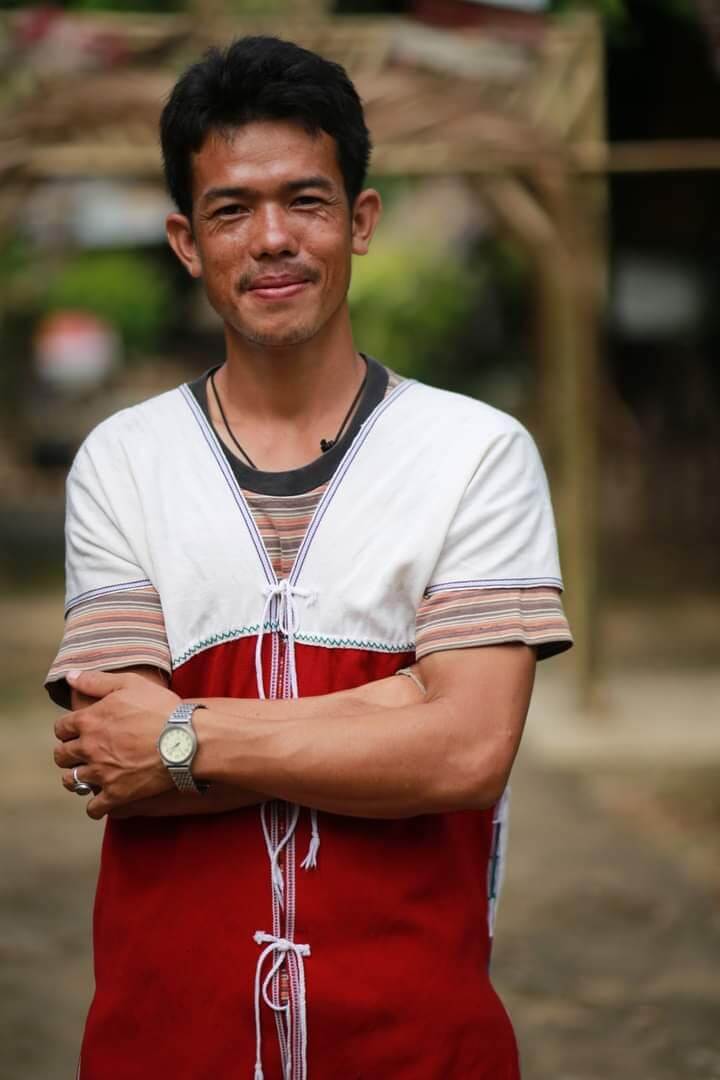
tell us your story
I was born in Myanmar and relocated to Thailand in 2006 with my family. My father had heard about the Thai education system and to give me the best opportunity for a good education we moved. Attending boarding school 2 hours away from the village, I returned on weekends to see family and help out around the community.
When I finished high school, I returned to the village and spent two years as a teacher at the Community Learning Centre. I always wanted to improve the community and work to help my village evolve and had heard of a school teaching Thai and English, so I went there to learn and eventually teach.
Currently I spend a few days a week teaching and the rest of the time promoting and managing the villages CBT approach.
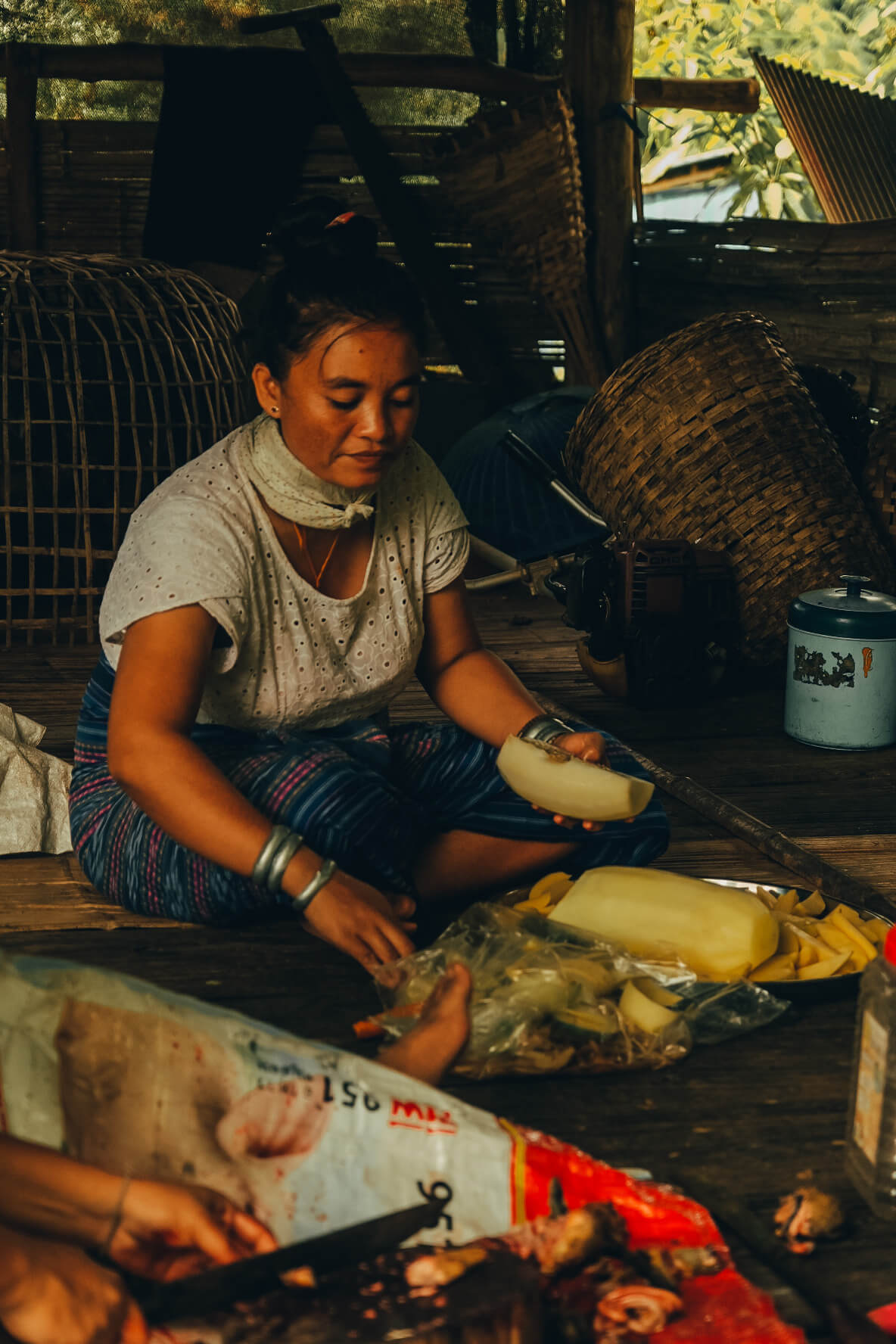
what is it that you love about living in hpk
The collective culture. Instead of living very individualised lives, we are communal. We look after each other and all work on behalf of the village. Winning and losing together we are one big family.
other than managing the visitors to hpk what do you like to do in your spare time?
I don’t just manage HPK, I also teach community development to 17-18-year old’s and work in construction especially through the pandemic when no visitors could come to our village. When I am not working, I spend time with family and help plant and grow vegetables.
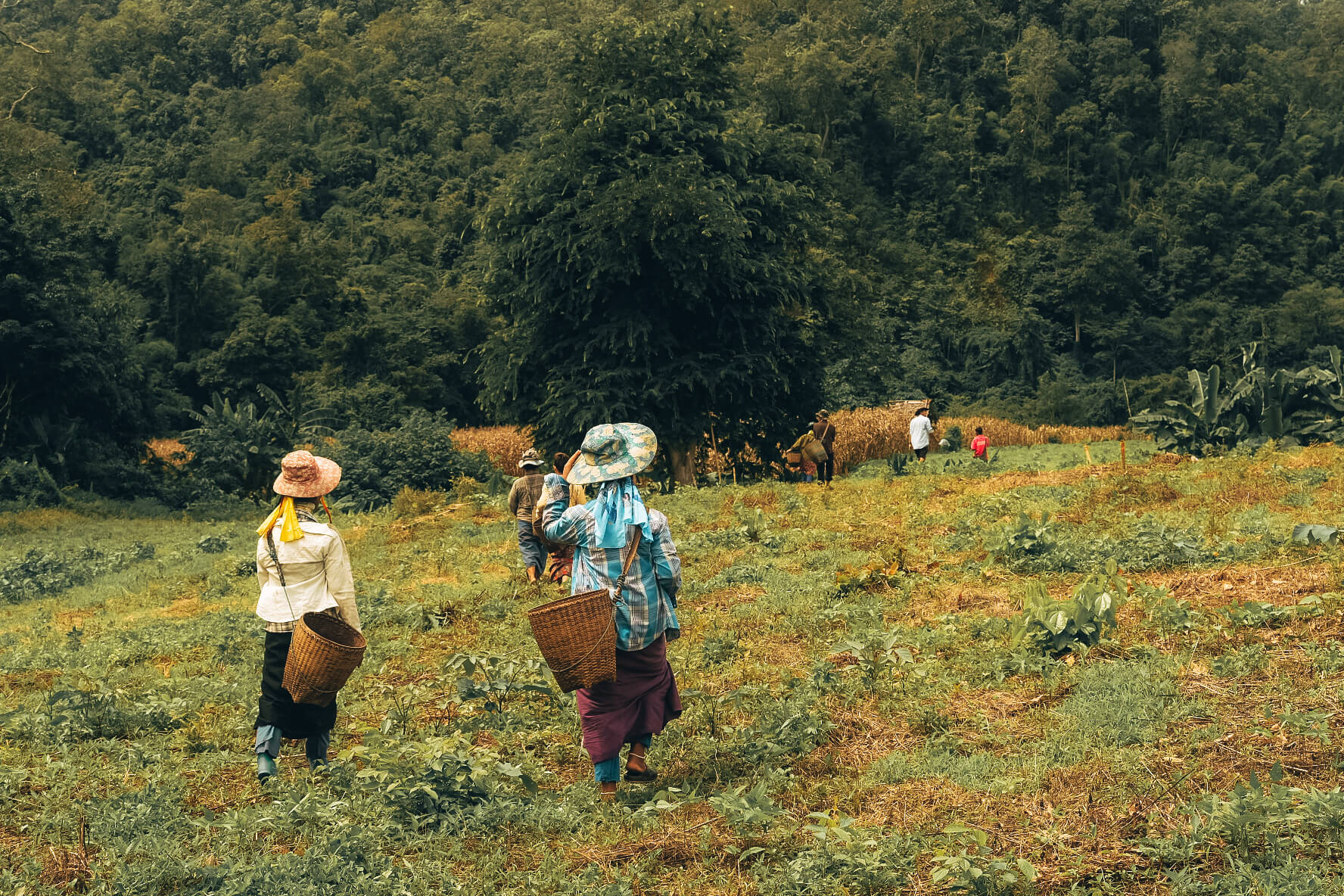
what is it that makes hpk different?
HPK is the first and only Kayan village in Thailand to adopt the community-based tourism (CBT) philosophy. With the support of Fair Tourism, we have created our model to empower the local community. You can come and experience our culture, stories and way of life in a meaningful, authentic and respectful way.
You’ll stay with us in our homes and can dive deeper into our history and culture. We can talk about our beliefs, values, hopes and dreams for the future and also get to know you.
when is the best time of year to visit hpk in your opinion
You can come and stay in HPK at any time but I think the best time of year to visit our village is through the winter months. March to May are hotter and can also be smoky from the back burning that happens. In the winter the clouds create a beautiful blanket over the valleys which is beautiful and a very different view of Thailand.
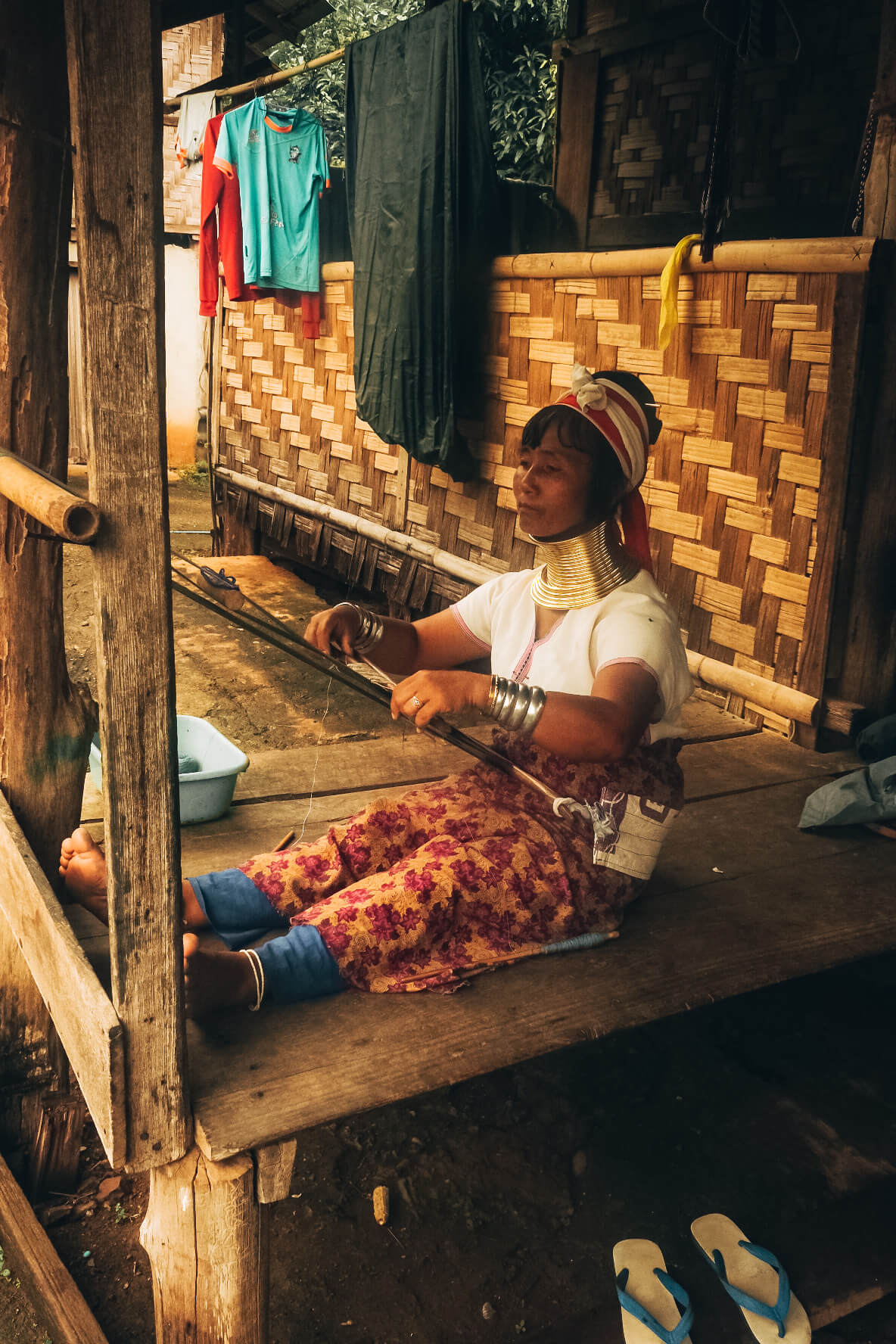
how would you advise visitors to get the best from their stay at hpk?
As well as Thai food there is also the opportunity to taste local Karenni fare, prepared with locally sourced ingredients and by your host family. You are very welcome to help but our community will assume that you are here to relax. We would love you to get involved so if you would like to then please be sure to ask.
Be curious, we are happy to answer any questions you may have as we really enjoy having meaningful encounters with visitors and educating them about our village and culture. Over dinner we can share stories and enjoy the experience of eating together.
There are a number of workshops on offer in the village where our skilled artisans will teach you their crafts. You can have a go at making brass bracelets or rings, turn your hand to wood carving, create a cup or bottle from bamboo or weave a scarf from some of our brightly coloured thread. Anything you make you are welcome to take home with you. Click here for more information on the workshops.
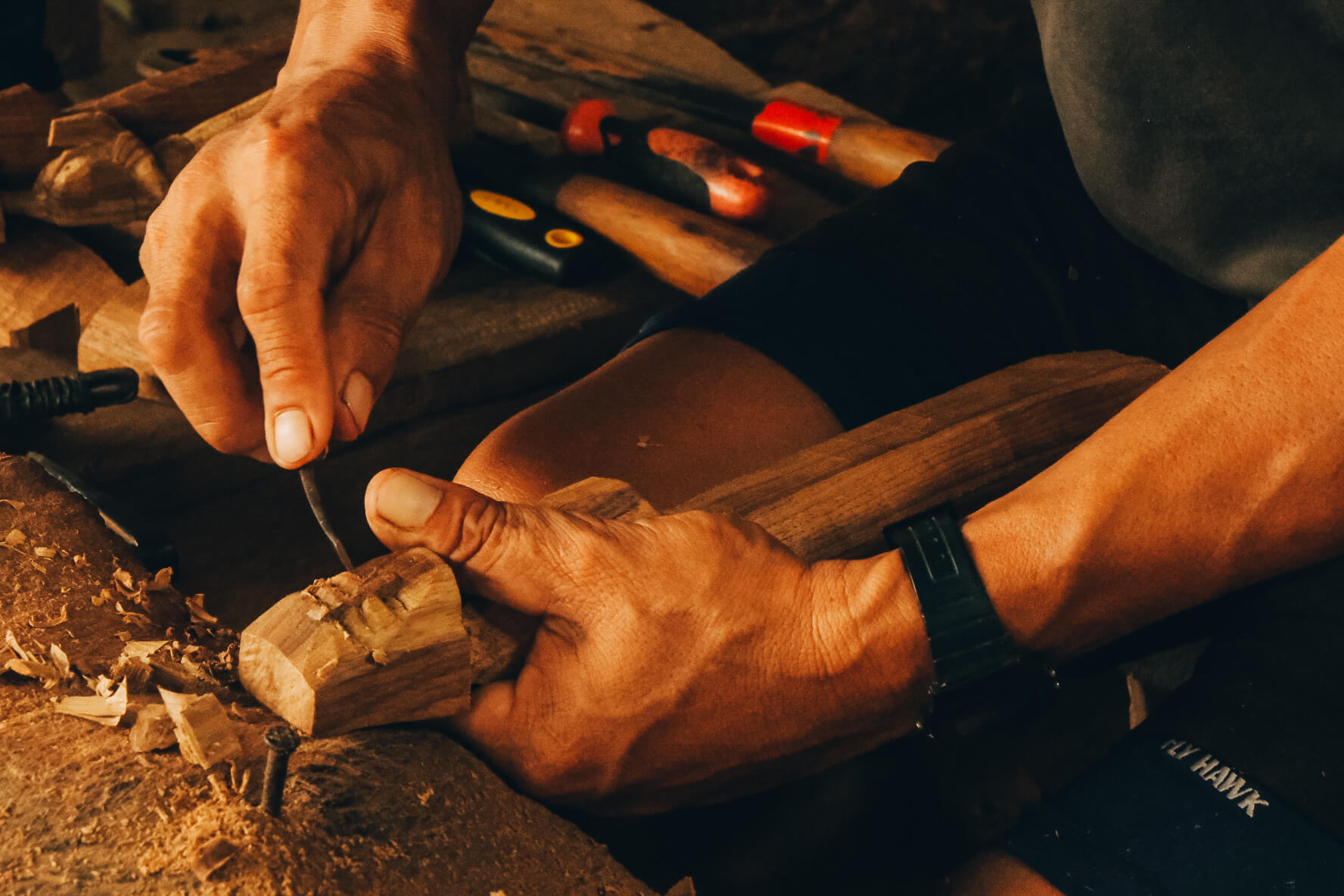
what cultural or behavioural advice (if any) would you give that would help visitors to hpk?
The homestay accommodation is basic and far from staying in a luxury hotel. We have electricity but no running water, you will have a simple bed with a thin mattress, bed linen and a mosquito net. There is electricity via solar panels.
Please understand that this is the way we live so try not to compare it to home and have realistic expectations. Our hospitality and the authentic local experience you will have hopefully makes up for the fact that you will not be sleeping in silk sheets! You’ve chosen to experience Thailand off the beaten track!

what else would be your top tips not to miss when visitors stay at hpk?
It’s not possible to see and do all the activities over a couple of days so you are welcome to stay longer. There are opportunities to go off the beaten track with local guides and explore further afield than just the village. We are surrounded by beautiful nature, we can show you the stream where we collect drinking water, there are also areas you can swim in the river Pai.
If it’s farming season we can take you to the fields and show you where we grow black sesame. We can also go into the forest and pick mushrooms and bamboo shoots. What about eating some edible insects or taking a hike in the jungle to learn about medicinal plants?!
If visitors are passionate about regenerative tourism they can help us keep the village clean. We organise regular clean-ups and if you want to be part of this and help then let us know. When we all help it’s finished in no time and you can go home knowing you have left the village clean and tidy.
how do visitors get in touch and book to stay in thailand off the beaten track?
For an experience like no other and to enjoy Thailand off the beaten track get in touch directly with Aye Muang:
https://www.facebook.com/aye.maung.54
+66931912920
+66857060537


